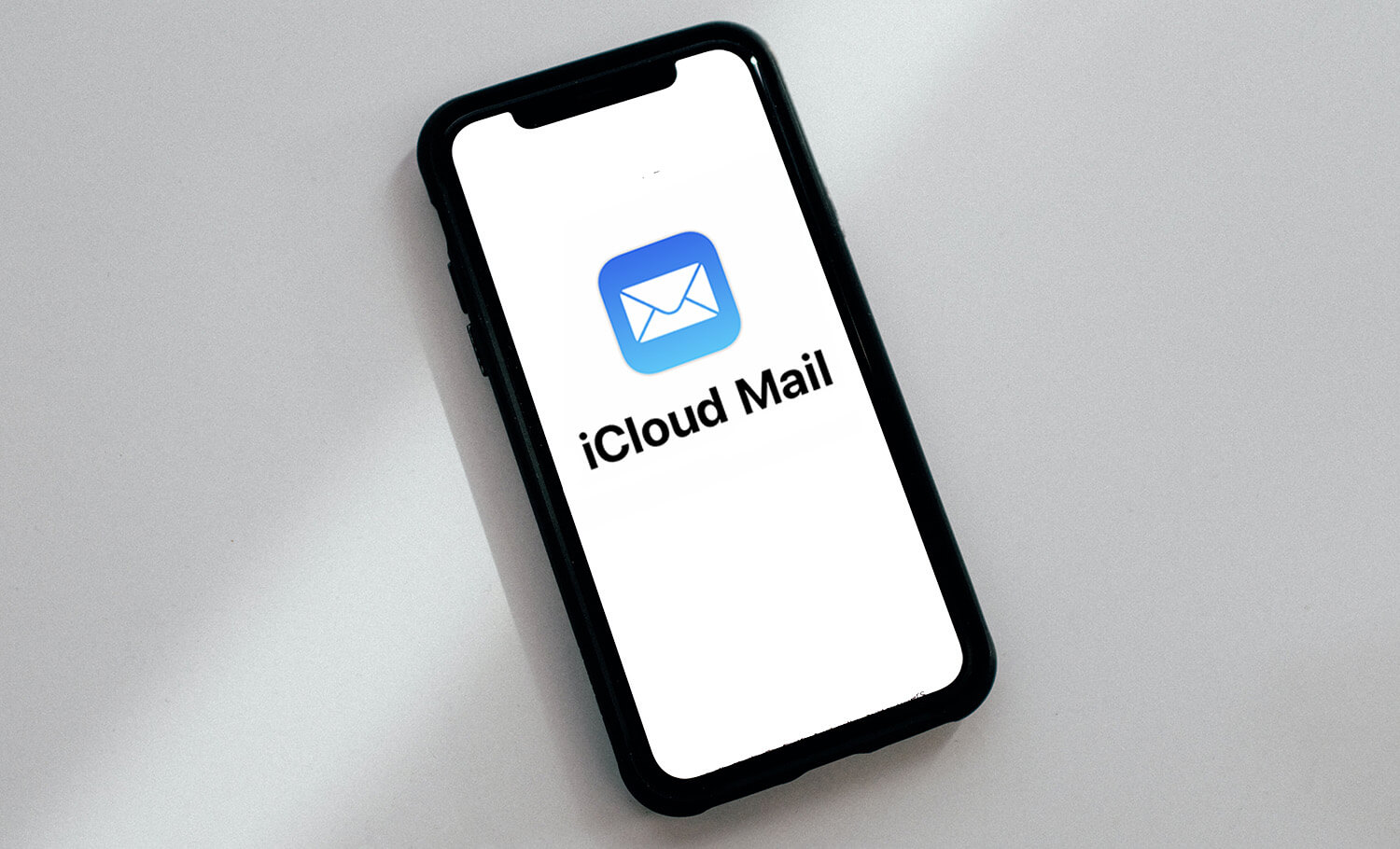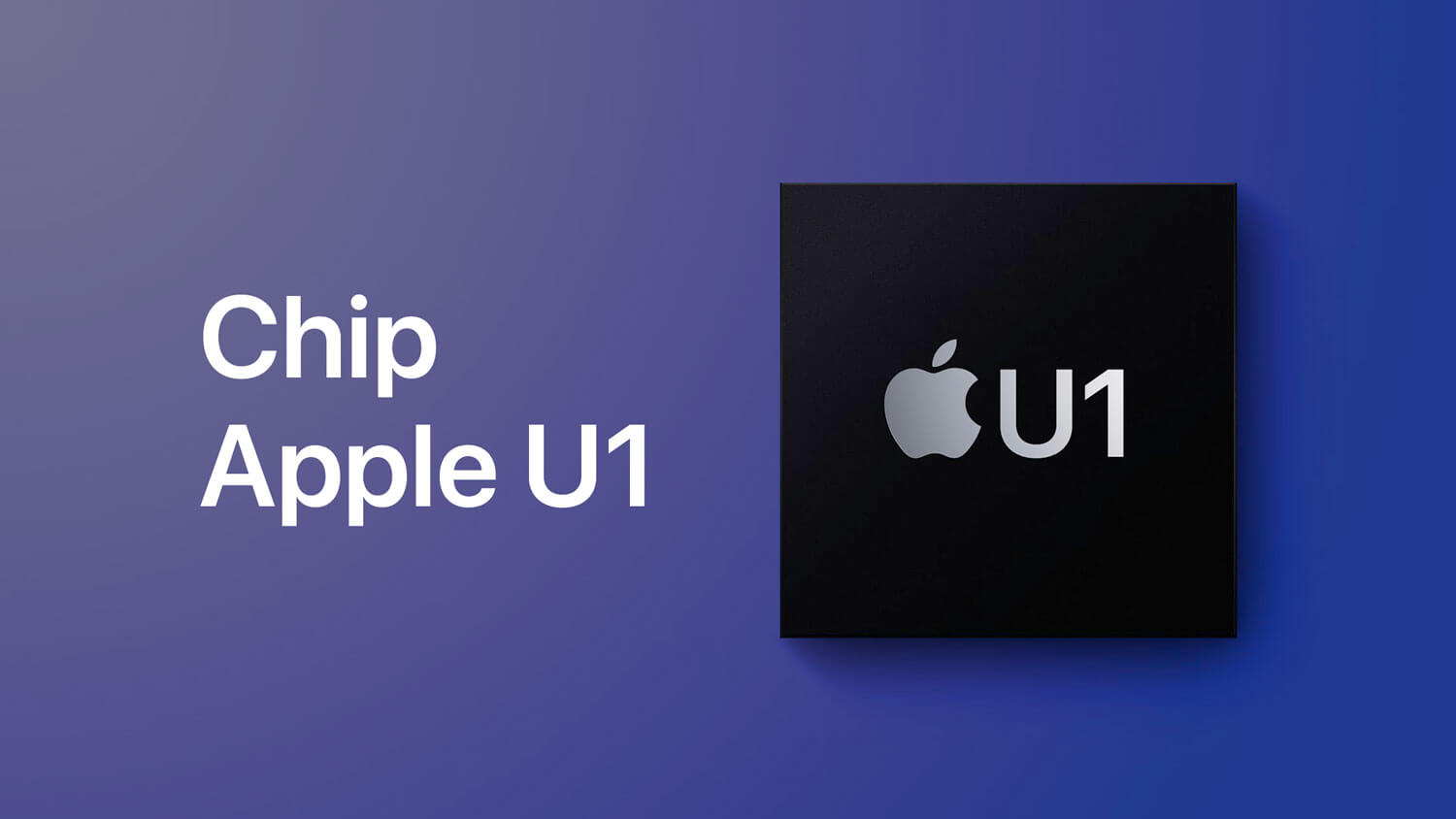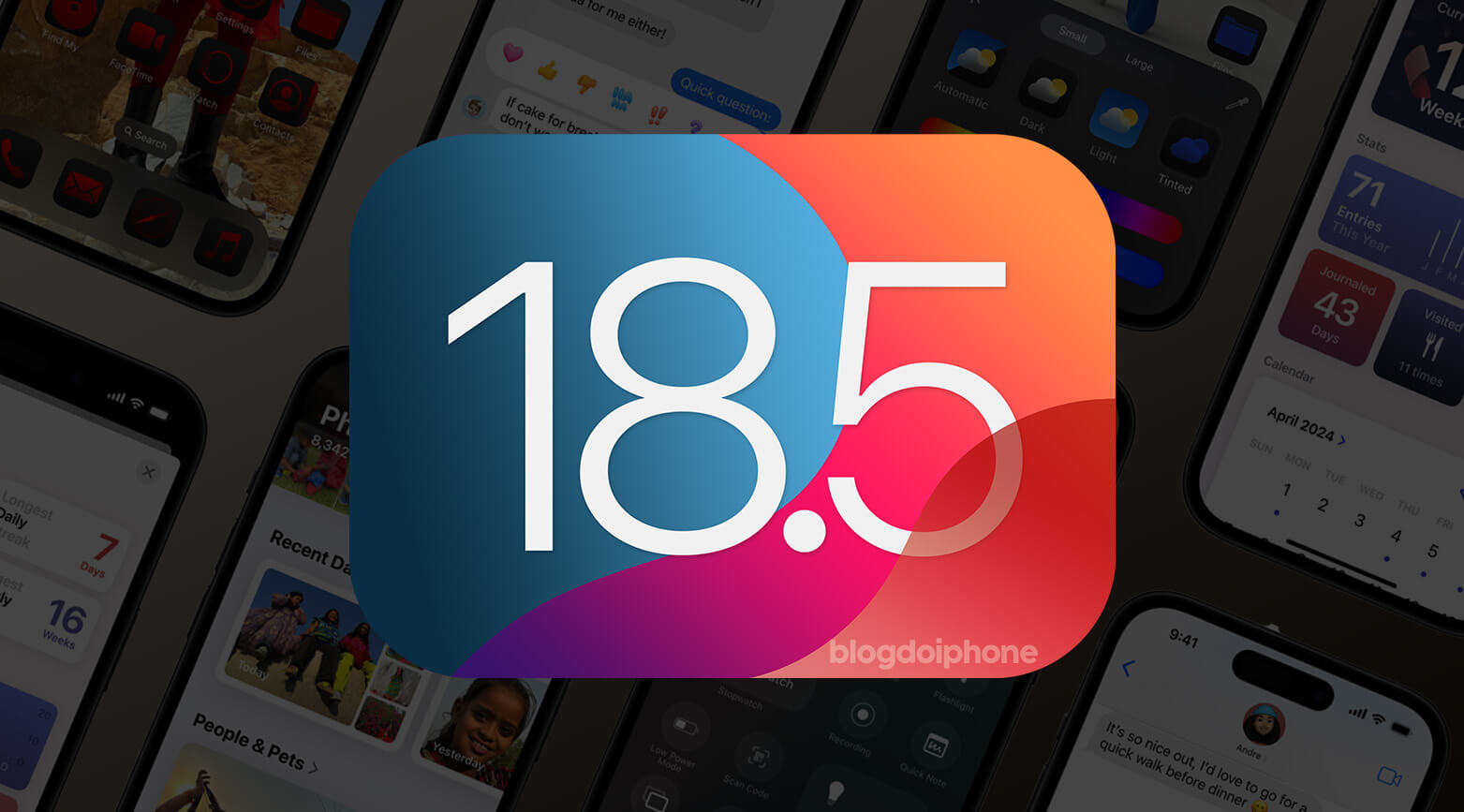If you are experiencing issues with your iPhone, such as failures to update or restore the device, DFU mode might be the solution you need.
It is useful for those with an iPhone stuck on the Apple logo screen and for those who need to exit a beta iOS and return to the official stable system. In fact, whenever you have problems updating your iPhone, DFU mode is the most common way to resolve it.
In this guide, we will explain in detail how to put your iPhone in DFU mode, from the initial preparations to the specific steps for each model.
Follow our step-by-step instructions and recover your iPhone safely.
What is DFU mode on iPhone?
DFU, short for Device Firmware Update, is the deepest recovery method available for iPhones, allowing a complete restoration of the device.
When you put your iPhone or iPad in DFU mode, the computer will indicate that the device is in “DFU Mode.” This makes it much easier to install different versions of iOS without security limitations.
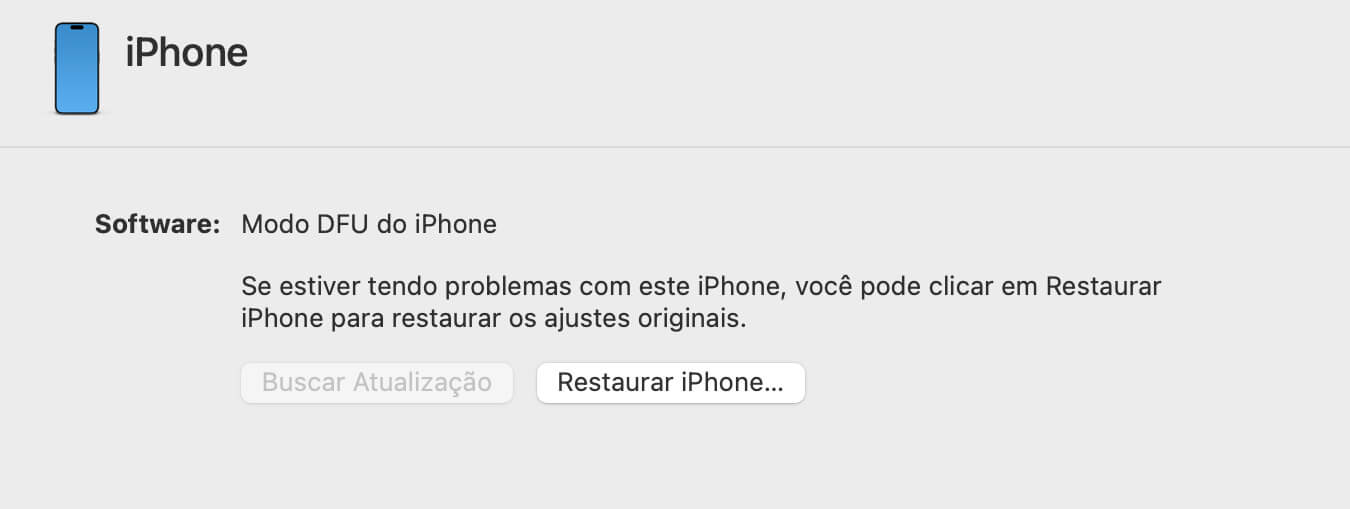
When to use DFU Mode?
DFU mode is a powerful tool for recovering iOS devices but should be used with caution and only in specific situations.
Here are some scenarios where DFU mode might be necessary:
1. Update issues:
If your iPhone cannot update to the latest iOS version, even after several attempts and conventional methods, DFU mode can help force the firmware update.
2. Restoration failure:
When the iPhone cannot be restored through normal recovery methods (such as standard recovery mode), DFU mode allows a deeper restoration, rewriting the device’s firmware and software.
3. Unrecognized device:
If the computer does not recognize your iPhone or if an error message appears stating that the device is in recovery mode, DFU mode may be necessary to resolve the issue.
4. iPhone stuck on Apple logo:
If your iPhone’s screen gets stuck on the Apple logo for several minutes without showing the progress bar, DFU mode can help restore the operating system.
5. Reboot loop:
In cases where the iPhone enters an infinite reboot loop, turning on and off continuously, DFU mode can be a solution to break the cycle and restore the device.
6. iOS downgrade:
If you need to downgrade iOS to a previous version for any reason, DFU mode allows you to perform this operation by bypassing the boot loader.
For example, those who install a beta version of iOS and want to revert to the normal version can only do so through recovery mode/DFU mode.
However, understand that it is only possible to revert to iOS versions that Apple still maintains a digital signature on its servers, as it is Apple that activates the system after installation. Read more about it here:
Recovery Mode is not DFU
It is important to understand that in DFU mode, the device stays completely black, as if it were entirely off.
Therefore, if at the end of the process described below, your screen does not stay black and either the Apple logo or a USB cable illustration appears, it means you failed in your attempt and will have to start over.
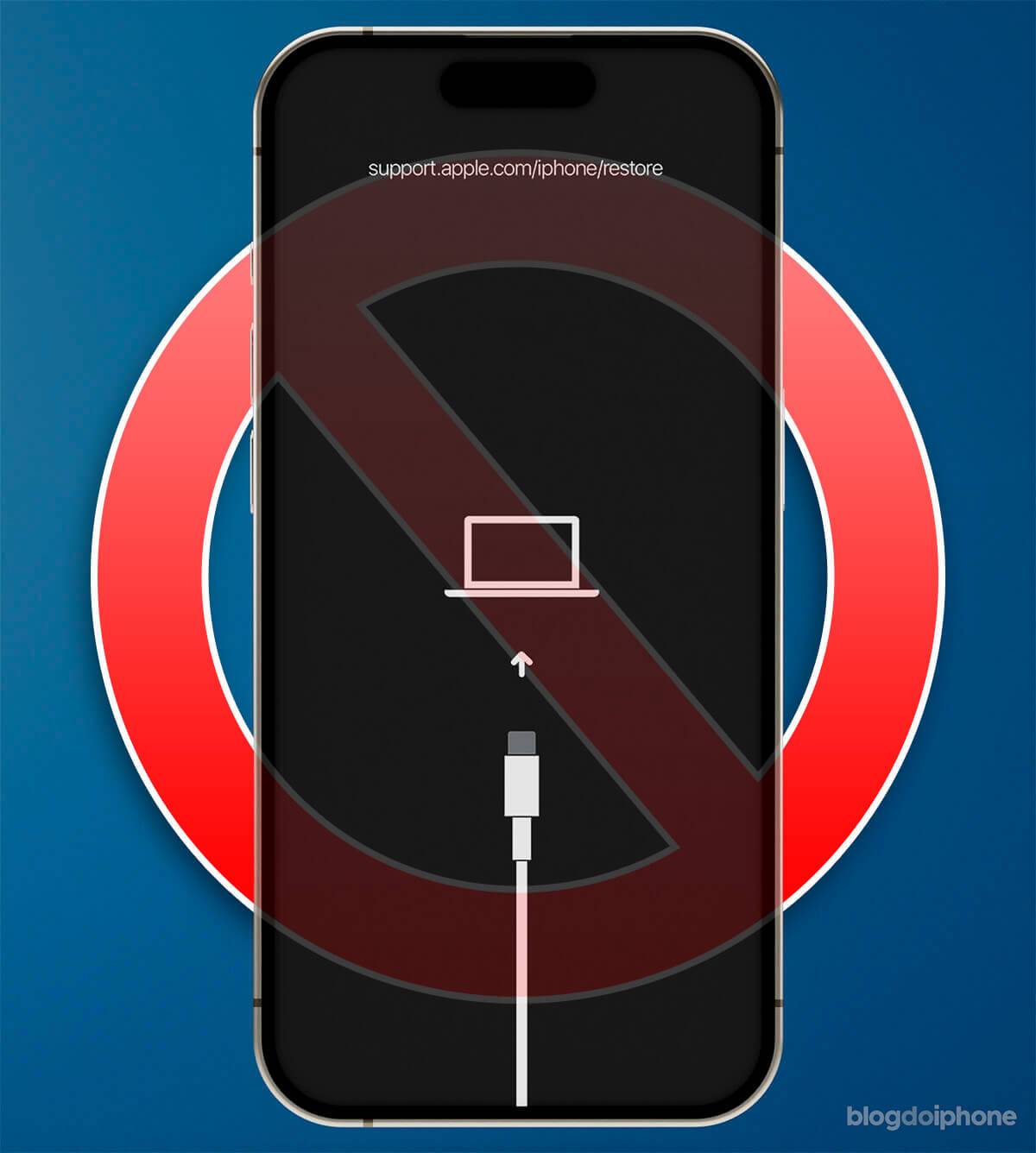
How to put the iPhone in DFU Mode
To start, you need to do the following:
- Make sure your macOS or iTunes is up to date.
- Connect your iPhone to the computer using the cable.
After that, you must follow a key sequence on the iPhone to enter DFU mode. It is important to follow the sequence and remember that it will only work if the iPhone is connected by cable to the computer.
To complicate things a bit, the key sequence changes depending on the iPhone model you have.
Here we will focus exclusively on the latest models, after iPhone 8. If you have an older device (such as iPhone 7 or earlier), the procedure below will not work.
Method 1
- Connect the device to a computer using a USB cable.
- Turn off the device normally.
- With it completely off, simultaneously press the volume down button and the side button.
- After 5 seconds, release the side button while continuing to press the volume down button.
- If the Apple logo appears, the side button was pressed for too long.
- Wait until the computer indicates that the device is in DFU mode.
- Nothing will be displayed on the screen when the device is in DFU mode.
And remember, at the end the screen must remain completely black. If something appears on it, it means you failed to put it in DFU.
If trying this procedure a few times does not work, try method 2.
Method 2
- Connect the device to a computer using a USB cable.
- With it on, quickly press the volume up button, release it and press the volume down button, release it and hold the side button.
- When the screen goes black, press the volume down button without releasing the side button.
- After 7 seconds, release the side button while continuing to press the volume down button.
- If the Apple logo appears, the side button was pressed for too long.
- Wait until the computer indicates that the device is in DFU mode.
- Nothing will be displayed on the screen when the device is in DFU mode.
What to do after putting the iPhone in DFU Mode
After putting your iPhone in DFU mode, you will need to follow some steps on the computer to complete the restoration or update of the device. Here is what you need to do:
1. Connect to the computer:
Make sure your iPhone is still connected to the computer via USB cable. iTunes (for Windows or macOS Mojave and earlier) or Finder (for macOS Catalina and later) should detect the device in recovery mode.
2. Open iTunes or Finder:
If iTunes does not open automatically, open it manually. On macOS Catalina or later, open Finder and select the device in the sidebar.
3. Detection message:
A message should appear in iTunes or Finder indicating that it has detected DFU mode and that it needs to be restored.
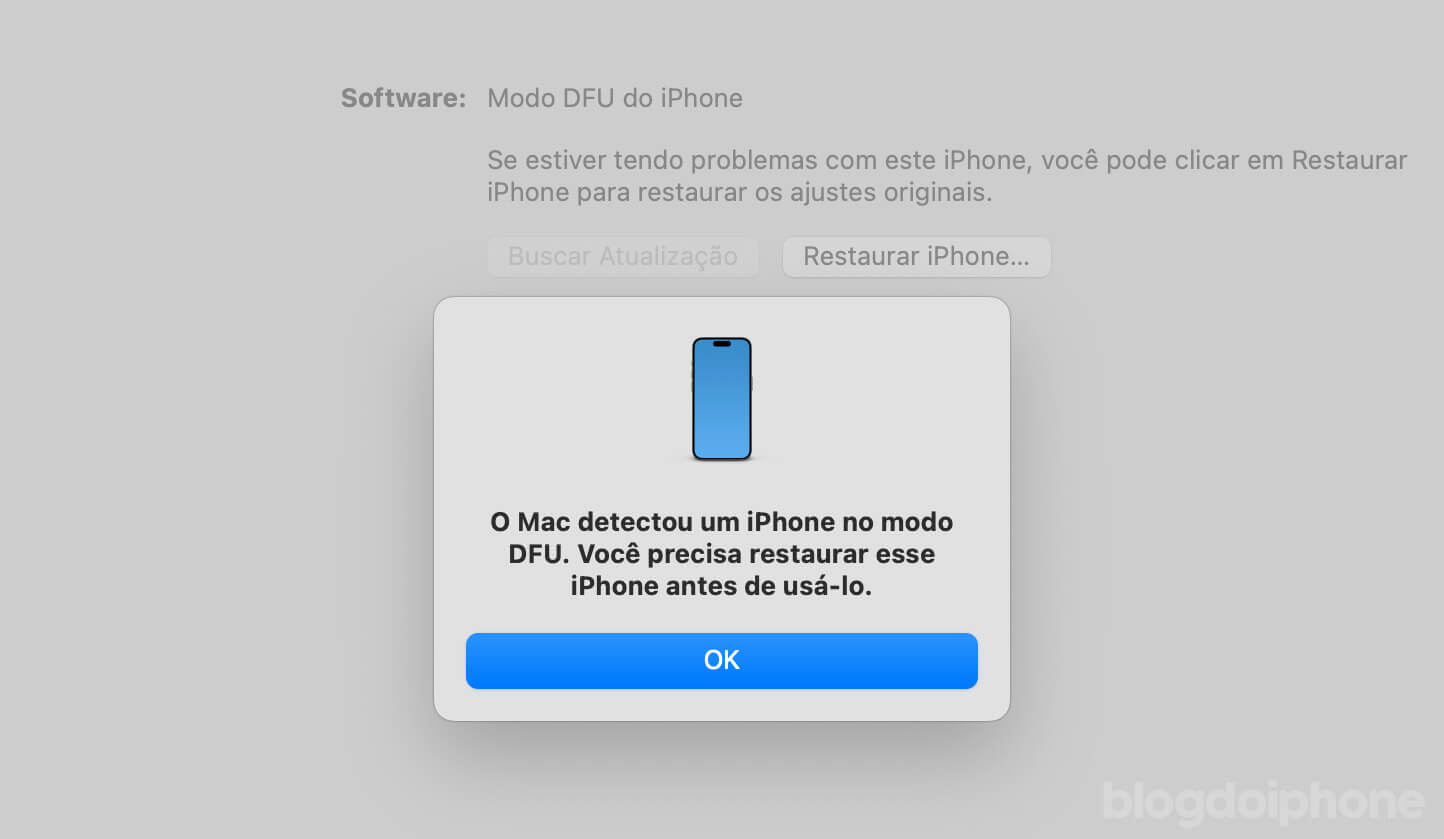
If another type of message appears, such as “Recovery Mode“, you failed to put it in DFU. Go back and start all over again.
4. Restore the device:
Generally, DFU only allows you to Restore the device.
The computer will download the latest available version of iOS from Apple’s servers, which takes time depending on your internet connection.
If the download takes too long, the device may exit DFU mode. In this case, wait for the entire iOS file to download and restart the process.
After the download is complete, it starts the installation on the device.
During the restoration process, you will see a progress bar both on iTunes/Finder and on the iPhone. Do not disconnect the device until the process is complete.
After everything is installed, the device will restart and instructions will appear on the screen as if the iPhone had come from the factory, with no data inside.
5. Restore from backup:
If you previously backed up your data, you can restore it during the initial setup. Choose the option to restore from iCloud or iTunes backup.
IMPORTANT: iOS does not accept backups made in later versions of the system. This means that if you backed up in the iOS 18 beta, for example, but restored to iOS 17, the backup will not be recognized.
Tips and precautions when using DFU Mode
- The process to enter DFU is complicated: It is normal to fail three or four times before successfully putting the iPhone in DFU mode. Repeat the process until you succeed.
- Internet connection: Ensure that your internet connection is stable throughout the process to avoid interruptions in downloading the software.
- Waiting time: If the software download takes more than 15 minutes, the device may exit DFU mode. In this case, let the download complete and repeat the process of putting the device in DFU mode.
- Backups need to be from the same version: If you want a backup that can be restored, know that iOS does not accept future versions, meaning if you backed up a beta version, if you revert the system version, you will not be able to use the backup.
- Technical assistance: If you cannot complete the process or if the device presents additional problems, seek authorized Apple technical assistance.
FAQ – Frequently Asked Questions
1. What to do if the iPhone does not enter DFU mode?
Make sure the USB cable you are using is working correctly. Try using a different cable and connect it directly to a USB port on your computer, avoiding USB hubs.
Restart both the iPhone and the computer to eliminate any temporary issues that may be preventing DFU mode.
2. Can DFU mode cause data loss?
DFU mode itself does nothing to the iPhone’s content. However, if you use DFU mode to restore your device, this will erase all data and settings on the device. This is a complete system restore, which includes reinstalling the firmware and operating system.
3. Does DFU mode affect the installed eSIM?
In our tests, we performed a downgrade using DFU mode, and it did not affect the eSIM on the device, which worked normally.
4. Is Recovery Mode the same as DFU?
No, Recovery Mode and DFU Mode (Device Firmware Upgrade) are not the same, although both are used to restore iOS devices. In DFU mode, the screen stays completely black, and the computer indicates it is in DFU mode. In recovery mode, a USB cable illustration appears on the screen.
DFU mode is deeper and can perform certain procedures that are not possible in normal Recovery mode.
5. How to exit DFU mode or Recovery mode?
To exit DFU mode or recovery mode, you do not need any external program. Do the following:
- Disconnect the iPhone from the cable
- Quickly press and release the volume up button, then the volume down button, and then hold the side button.
- Hold it until the Apple logo appears on the screen. This can take about 20 seconds.
- Done, your iPhone is out of DFU mode.










